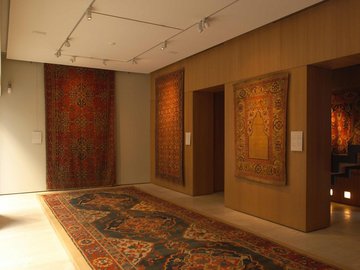It is the most important exhibition ever on the relationship between water and Islam, from its most ancient origins to its many complex developments, up to more recent needs. This exhibition tells a story through images, artifacts, books, and miniatures: technology, everyday life, and art, which for centuries mirrored one another in the many ways of enjoying and using water. This exhibition bears witness to the variety and wealth of handmade objects related to the theme and use of water.
oct
2025
oct
2025
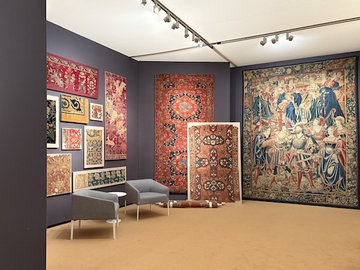
apr
2025
jul
2025
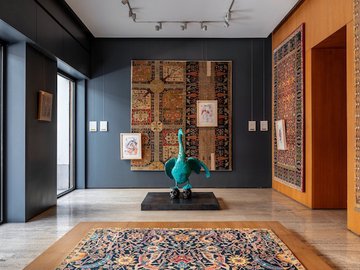
mar
2025
mar
2025
On show will be iconic works in terms of typology and decorative patterns from European textile production from the 15th to the 17th centuries. These textiles of great value and richness can be found today as fragments, small or medium-sized, some of which retain silhouettes, remains of stitching or folds that testify to their past use as clothing or furnishings.
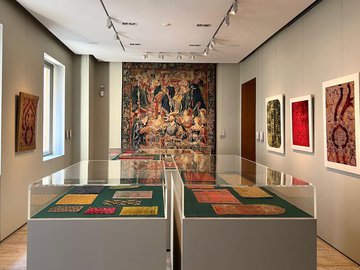
oct
2024
mar
2025
The title of the exhibition - Exploring plots: a journey through tapestry - intends to emphasise how the textile medium, traditionally seen as a decorative art, has over time become an innovative and plural form of expression, which has been able to interweave histories, cultures and techniques.
For the occasion, Gallery Moshe Tabibnia lends a selection of eight contemporary textile art works designed by Afro, Nathalie Du Pasquier, Mauro Reggiani, Piero Dorazio, Luigi Veronesi, Remo Salvadori, Niki Berlinguer and Gianni Dova.
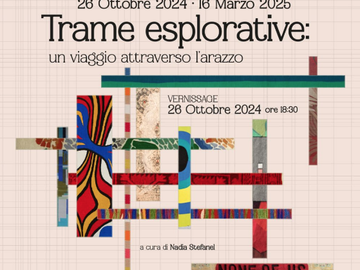
jun
2024
oct
2024
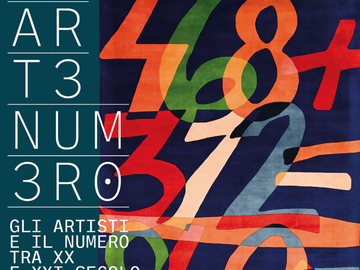
jun
2024
sep
2024
The exhibition, hosted at the Château du Clos Lucé in Amboise, focuses on Leonardo da Vinci's unique life journey through his cultural heritage, his relationship with nature and his study of plants and perfumes, during the Renaissance period characterised by an intense exchange of ideas, goods and merchandise between West and East.
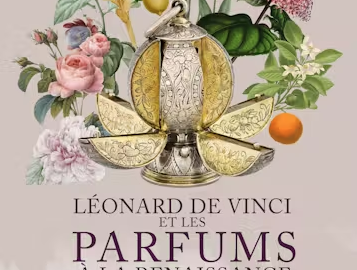
apr
2024
may
2024
Gallery Moshe Tabibnia is pleased to present from April 4th to May 25th, 2024 an unprecedented dialogue between Barca [Boat](1983-1985), a sculptural work by artist Hidetoshi Nagasawa, and the extraordinary collection displayed on the ground floor (Brera Room) of the gallery, which features five examples of 16th Century Small Medallion Ushak rugs, so-called "Tintoretto".
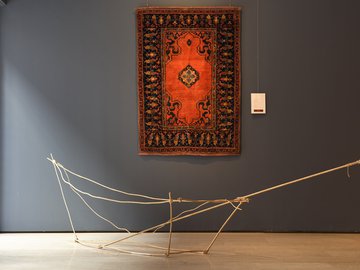
mar
2024
oct
2024
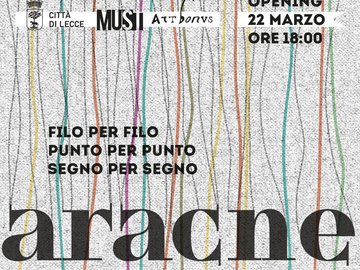
jan
2024
apr
2024
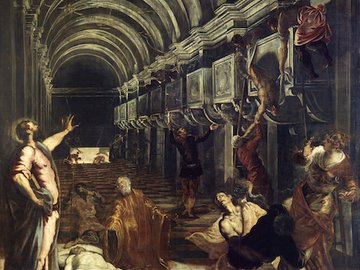
apr
2023
apr
2023

feb
2023
jun
2023

nov
2022
feb
2023
“The most beautiful carpets in the world”: a group of masterpieces from 16th century Persia
From an idea: Bruschettini Foundation for Islamic and Asian Art
Curated by: Michael Franses
Palazzo Rosso, via Garibaldi 18, Genoa
10.11.2022 – 12.02.2023
Opening: Thrusday, November 11th, 2023
Gallery Moshe Tabibnia is exceptionally lending three of the eight carpets on display, two 'Sanguszko' and one Kirman, now part of the gallery’s collection, respectively from the reknown Rothschild, Benguiat and Jekyll collections.

oct
2022
jan
2023

oct
2022
feb
2023

oct
2022
dec
2022

sep
2022
mar
2023
From September 30th, 2022, to March 31st, 2023, on the occasion of the event “Bergamo e Brescia Capitale Italiana della Cultura 2023”, Rocca San Giorgio will host the prestigious painting Stendardo di Orzinuovi by Vincenzo Foppa. For the occasion, it will also be on display a precious “Holbein” fragment from the 16th Century, part of the Moshe Tabibnia collection.

jun
2022
jun
2022

sep
2021
sep
2021

sep
2021
sep
2021

jun
2021
dec
2021

sep
2019
dec
2019
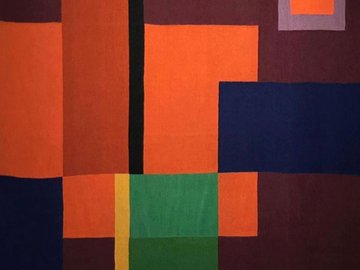
sep
2019
sep
2019
From September, Sunday 15th to Sunday 22nd three historic residences in Bergamo - Palazzo Agliardi, Palazzo Moroni and Palazzo Terzi - will hostthe exhibition “Hortus conclusus – The garden in the Oriental carpets of the Fondazione Tassara”, promoted by the Fondazione Tassara, in collaboration with the Gallery Moshe Tabibnia and curated by Giovanni Valagussa and Moshe Tabibnia.

apr
2019
sep
2019
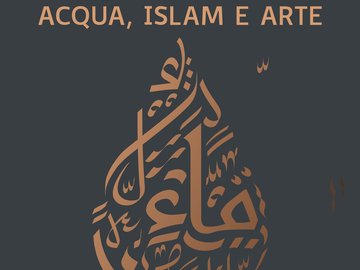
apr
2019
apr
2019

nov
2018
feb
2019
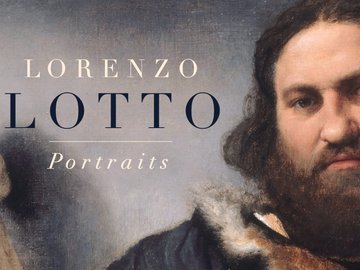
sep
2018
sep
2018

jun
2018
sep
2018
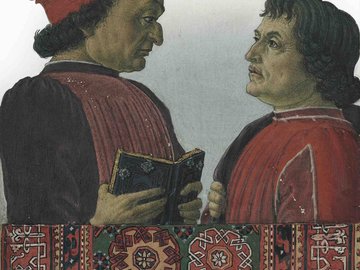
jun
2018
sep
2018

feb
2018
feb
2018
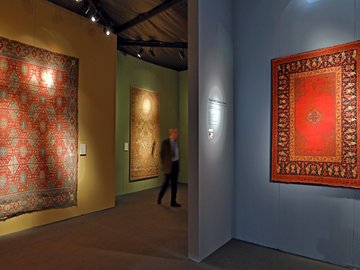
sep
2017
oct
2017
The twentieth Century was a significant time for textile art. Thanks to the growing interest of artists and the numerous prestigious public commissions, this art movement experiences intense novelties and starts blooming.

apr
2017
jun
2017
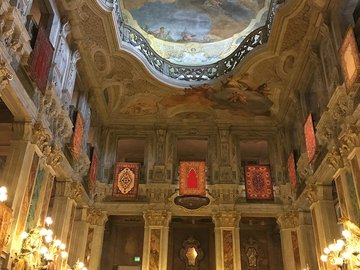
mar
2017
sep
2017
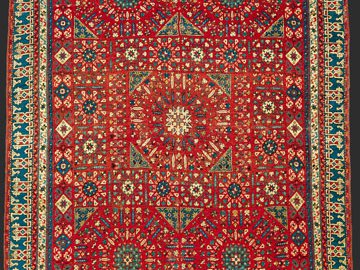
oct
2016
nov
2016
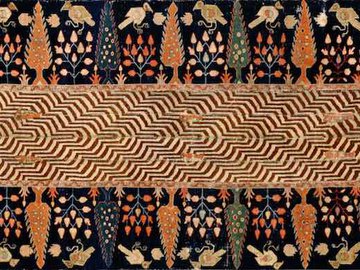
apr
2016
jul
2016

may
2015
jul
2015

dec
2014
feb
2015

may
2014
sep
2014

oct
2013
oct
2013

oct
2012
oct
2012

oct
2011
dec
2011

jun
2011
sep
2011

sep
2010
jan
2011
The term “kaitag” refers to embroidered silk fabric produced in Daghestan (North-Eastern Caucasus) by village women. These embroideries were used by families on special occasions such as the birth, marriage or death of one of their own members and were thus passed down from generation to generation as family heirlooms.
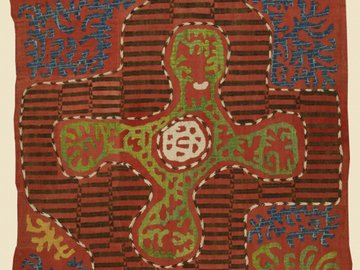
nov
2009
mar
2010
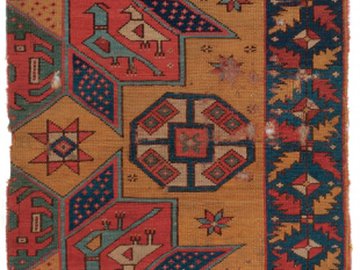
mar
2009
apr
2009

feb
2009
jun
2009
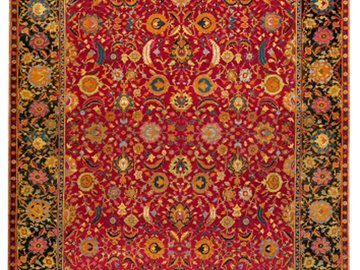
may
2008
oct
2008

dec
2007
dec
2007

nov
2007
nov
2007

oct
2006
nov
2006
